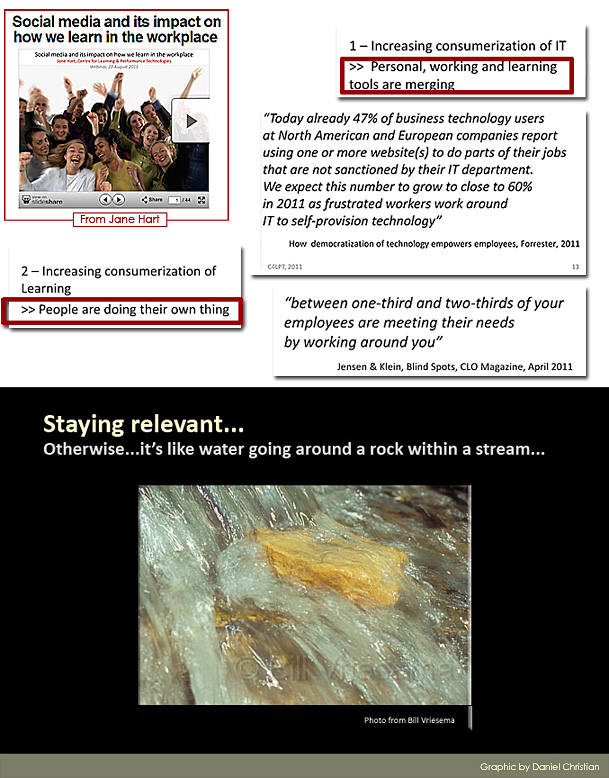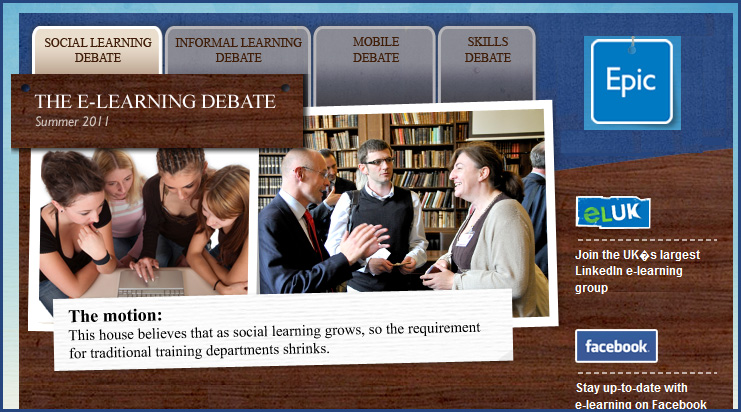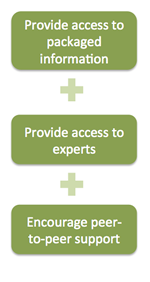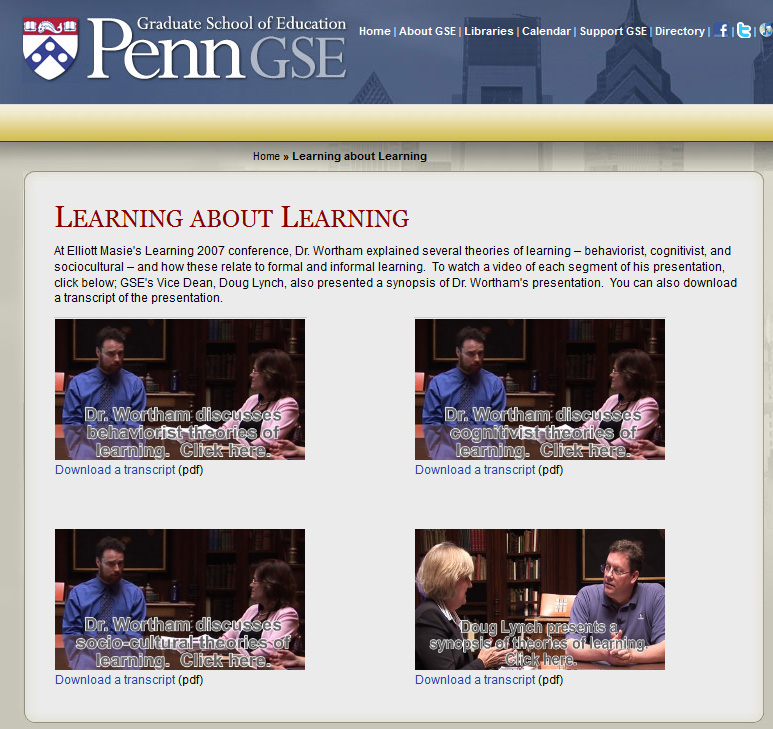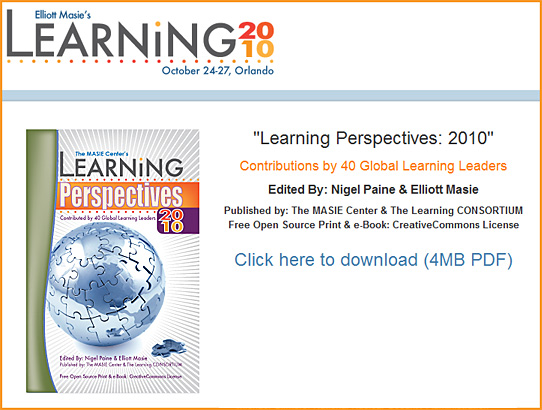 .
.
Part I: New Learning Frameworks
Part II: Under30 Perspectives
Part III: Learning in Action
Part IV: Learning Changes
From Elliott Masie:
We are pleased to announce a free, Open-Source, eBook for and by Learning Professionals:
“Learning Perspectives: 2010” | Contributions by 40 Global Learning Leaders | http://www.learning2010.com/ebook
The articles in this eBook cover the wide range of viewpoints and perspectives on the changing nature of Learning. It includes articles from our 30 Under 30 Learning Leaders. Contributors from Google, Intel, Lockheed Martin, Accenture, Alliance Pipeline, Farmers Insurance, Veterans Administration, Cleveland Clinic, CNN, Liberty Mutual, CIA, Luxotica and many more.
“Learning Perspectives: 2010” is published by The MASIE Center as an Open Source ebook and will also be distributed in hard copy format to every attendee at the upcoming Learning 2010 event to be held in Orlando, starting on October 24th. Note: “Last Minute” Registration Rates available for Learning 2010 – http://www.learning2010.com
Download your copy of “Learning Perspectives: 2010” at http://www.learning2010.com/ebook










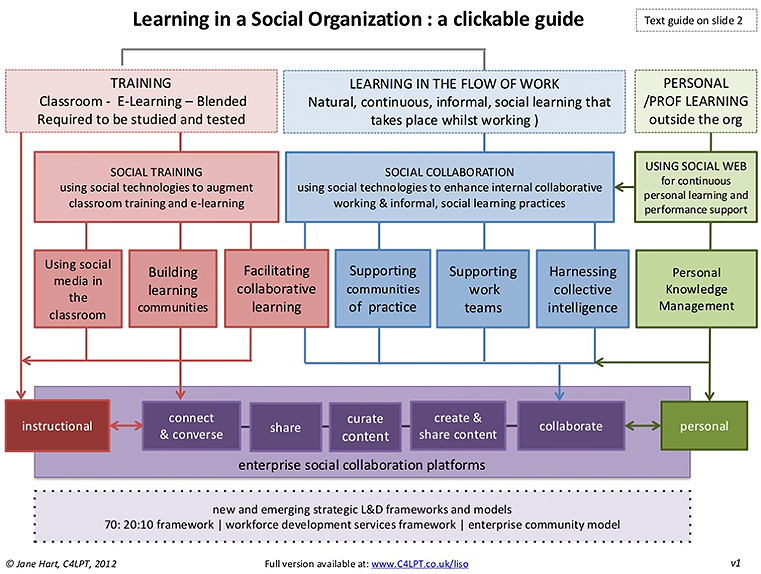
![Learnstreaming-DCallahan-Oct2011 Learnstreaming: Take control of your online informal learning experience [Callahan]](http://danielschristian.com/learning-ecosystems/wp-content/uploads/2011/10/Learnstreaming-DCallahan-Oct2011.jpg)
